Amorphous and nanocrystalline materials have revolutionized inductor technology, offering significant advantages over traditional ferrite-based counterparts. These advanced materials, characterized by their unique atomic structures, enable the development of inductors with superior performance in a wide range of applications, from power electronics to high-frequency telecommunications.
Superior Magnetic Properties
One of the foremost advantages of amorphous and nanocrystalline inductors lies in their exceptional magnetic properties. Unlike crystalline materials with ordered atomic structures, amorphous alloys possess a disordered, glass-like atomic arrangement. Nanocrystalline materials, on the other hand, feature extremely fine grain sizes (typically 1-100 nm) within an amorphous matrix. These structures lead to:
-
High Saturation Flux Density (): Amorphous and nanocrystalline alloys can achieve significantly higher saturation flux densities compared to ferrites. This means they can store more magnetic energy in a given volume before saturating, allowing for smaller and lighter inductor designs for the same power handling capability.
-
High Permeability (): These materials exhibit very high initial and maximum permeability. High permeability translates to a stronger magnetic field for a given current, which directly contributes to higher inductance values and improved efficiency in magnetic components.
-
Low Core Losses: This is perhaps the most critical advantage for energy-efficient applications. Amorphous and nanocrystalline materials boast significantly lower core losses (hysteresis and eddy current losses) across a broad frequency range.
-
Low Hysteresis Loss: The disordered or fine-grained structure reduces the energy required to magnetize and demagnetize the material, leading to less energy dissipation as heat.
-
Low Eddy Current Loss: Their high electrical resistivity minimizes the generation of eddy currents, which are a major source of loss in high-frequency applications. This results in cooler operation and higher efficiency, especially at switching frequencies commonly found in modern power converters.
-
Excellent High-Frequency Performance
The combination of high permeability and low core losses makes amorphous nanocrystalline inductors ideal for high-frequency applications. As switching frequencies in power electronics continue to increase to enable smaller component sizes and higher power densities, traditional materials often become inefficient due to escalating core losses. Amorphous and nanocrystalline materials maintain their excellent magnetic properties and low losses even at several hundreds of kilohertz or even megahertz, making them perfectly suited for:
-
Switch-Mode Power Supplies (SMPS): Enabling higher switching frequencies for smaller magnetics, leading to more compact and efficient power converters.
-
Power Factor Correction (PFC) Chokes: Reducing energy waste in power supply units.
-
Resonant Converters: Improving efficiency in applications like induction heating and wireless power transfer.
-
High-Frequency Transformers and Chokes: Essential for compact and efficient designs in various electronic systems.
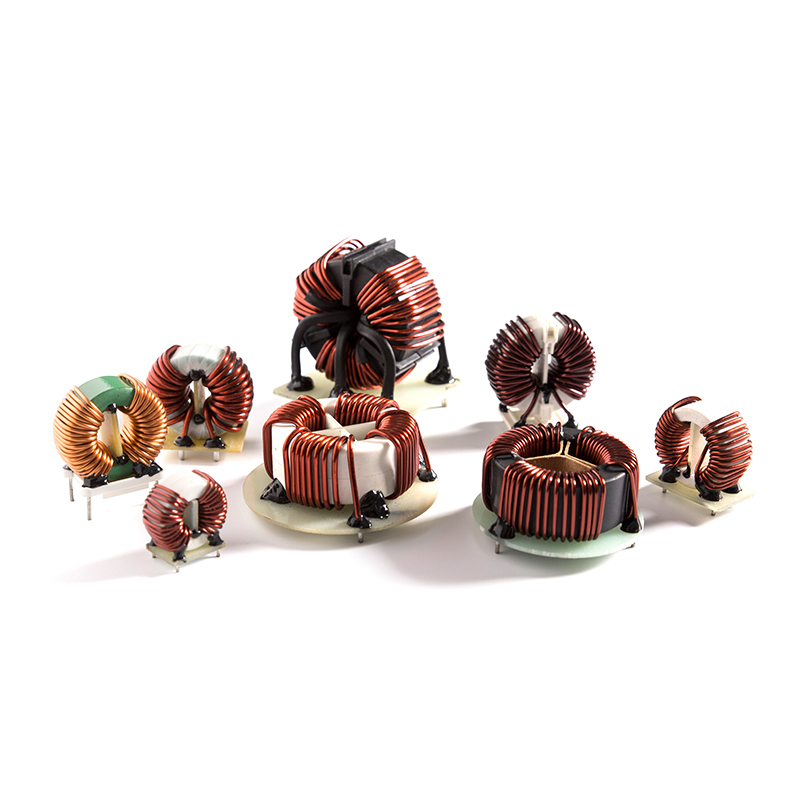
Thermal Stability and Reliability
Amorphous and nanocrystalline materials generally exhibit good thermal stability, maintaining their magnetic properties over a wide operating temperature range. This characteristic contributes to the reliability and longevity of the inductors in demanding environments. Their lower core losses also mean less self-heating, which further enhances their thermal performance and reduces the need for extensive cooling solutions.
Versatile Applications and Miniaturization Potential
The aforementioned advantages translate into a wide array of benefits across various industries:
-
Miniaturization: The higher saturation flux density allows for smaller core volumes, enabling the design of compact and lightweight inductors, crucial for portable devices and space-constrained applications.
-
Increased Efficiency: Lower core losses directly contribute to higher overall system efficiency, reducing energy consumption and operating costs. This is particularly important in data centers, electric vehicles, and renewable energy systems.
-
Reduced Heat Generation: Lower losses mean less heat dissipation, leading to cooler operating temperatures and potentially eliminating the need for bulky heatsinks, simplifying thermal management.
-
Improved Power Density: The ability to handle more power in a smaller volume leads to higher power density, a key trend in modern electronic design.
-
Noise Reduction: Their excellent frequency response and ability to handle high ripple currents can contribute to reduced electromagnetic interference (EMI) in power circuits.
In conclusion, amorphous and nanocrystalline inductors represent a significant leap forward in magnetic component technology. Their superior magnetic properties, particularly high saturation flux density, high permeability, and remarkably low core losses, coupled with excellent high-frequency performance and thermal stability, make them indispensable for developing the next generation of efficient, compact, and reliable power electronics and high-frequency systems. As the demand for higher efficiency and smaller form factors continues to grow, the adoption of amorphous and nanocrystalline inductors is set to expand even further.

 English
English 中文简体
中文简体 Deutsch
Deutsch 日本語
日本語
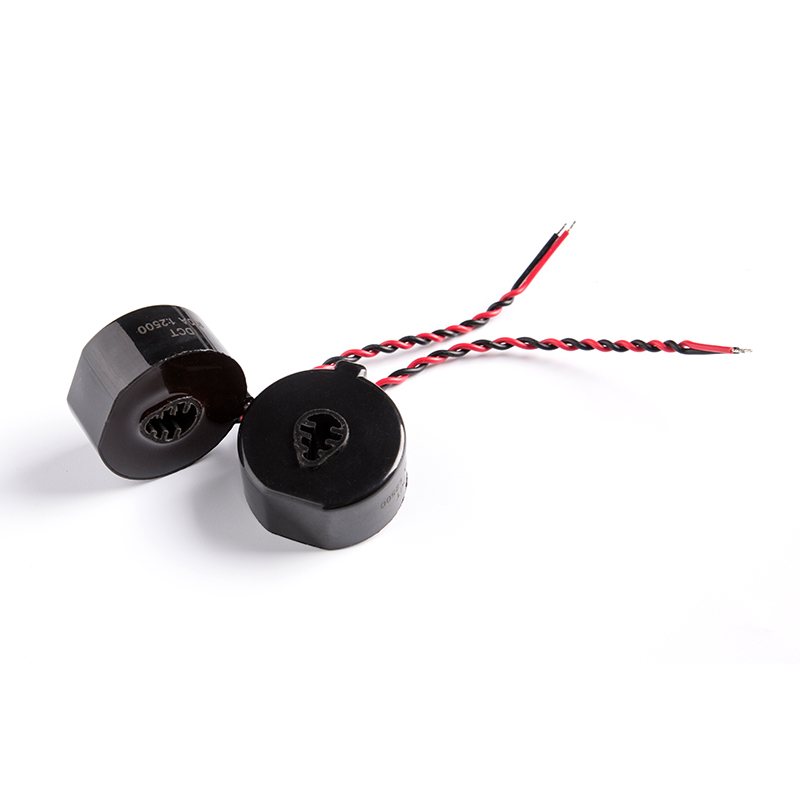
 View More >>
View More >>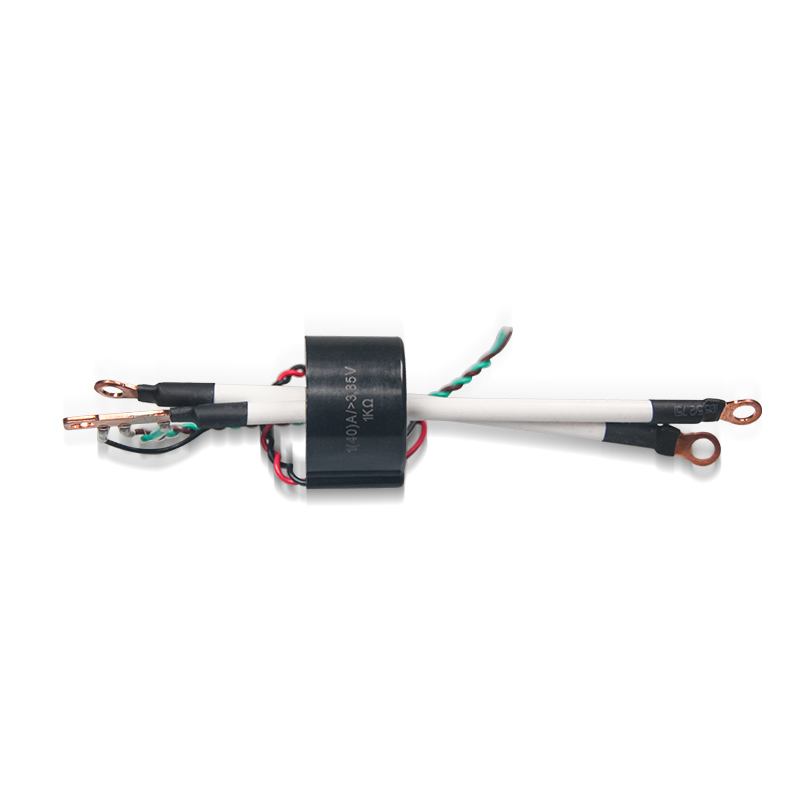 View More >>
View More >>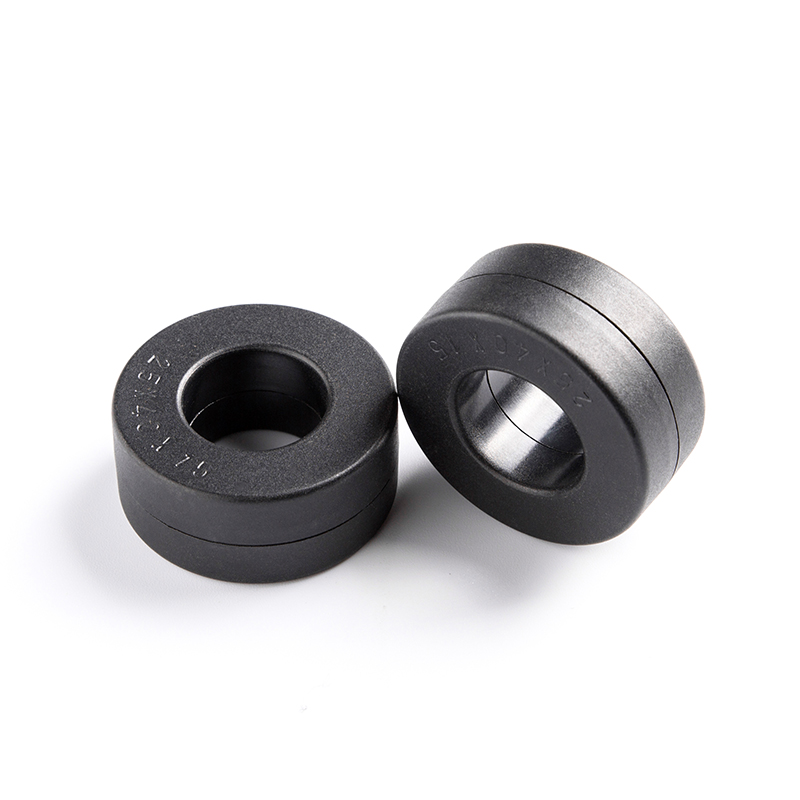 View More >>
View More >>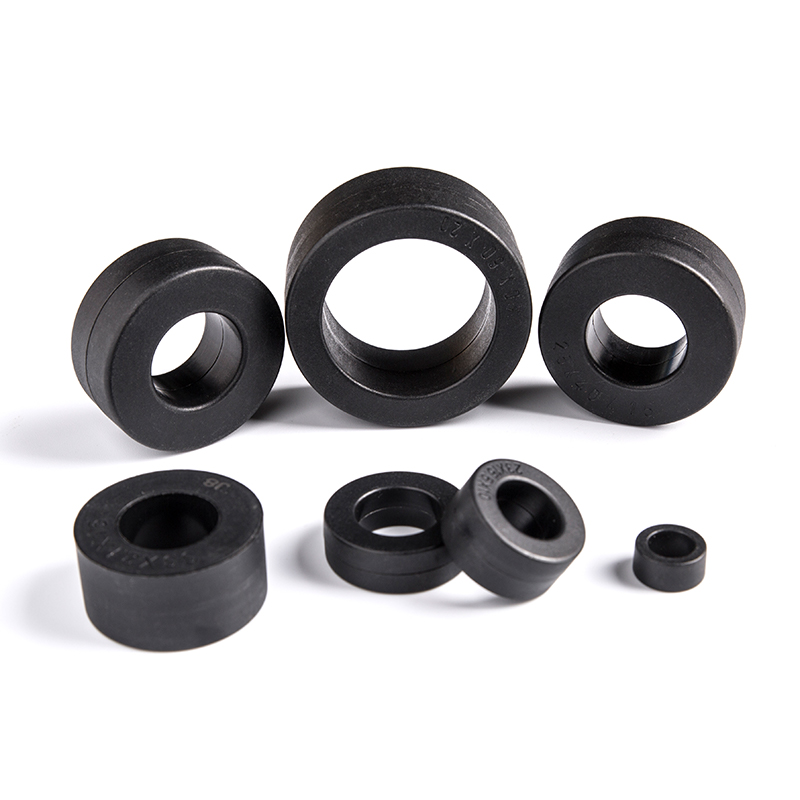 View More >>
View More >>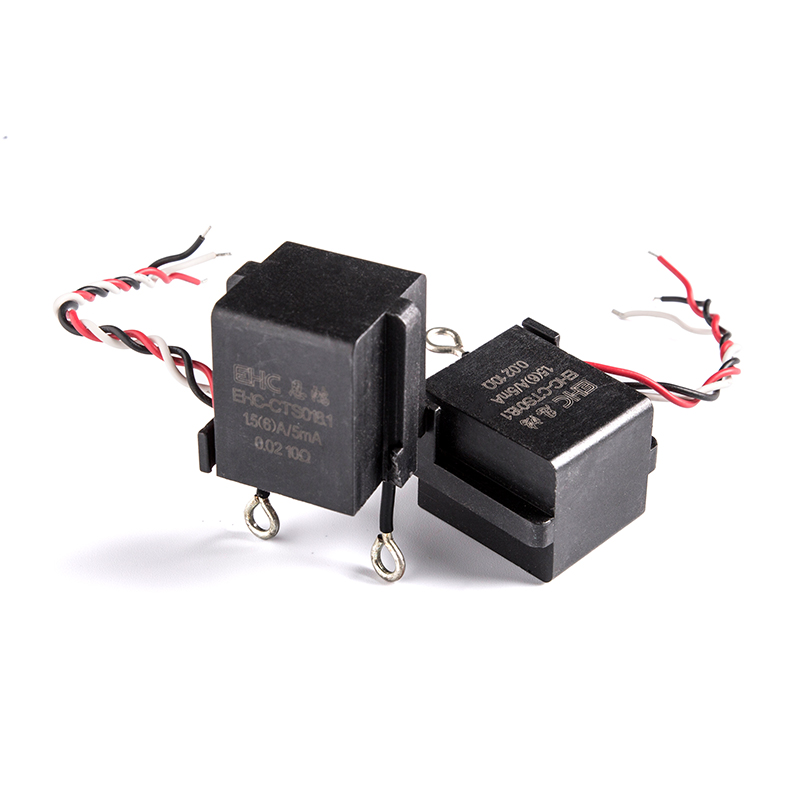 View More >>
View More >>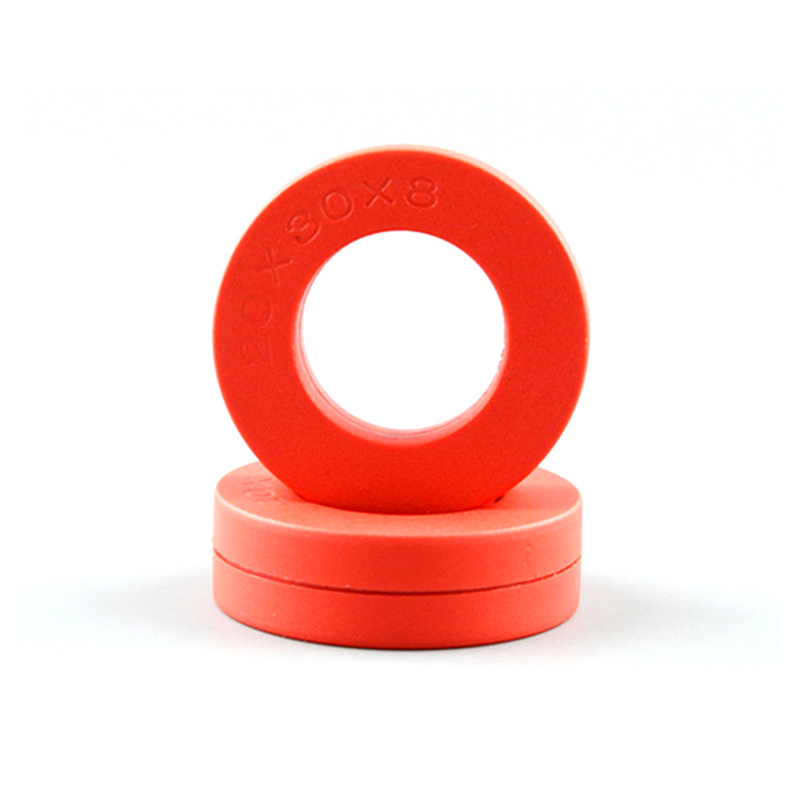 View More >>
View More >>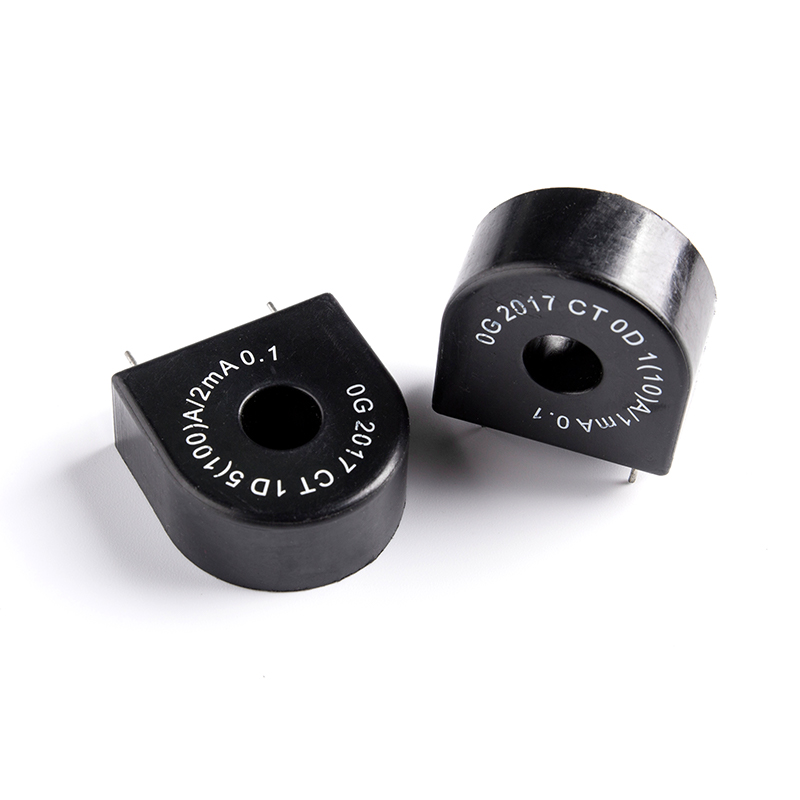 View More >>
View More >>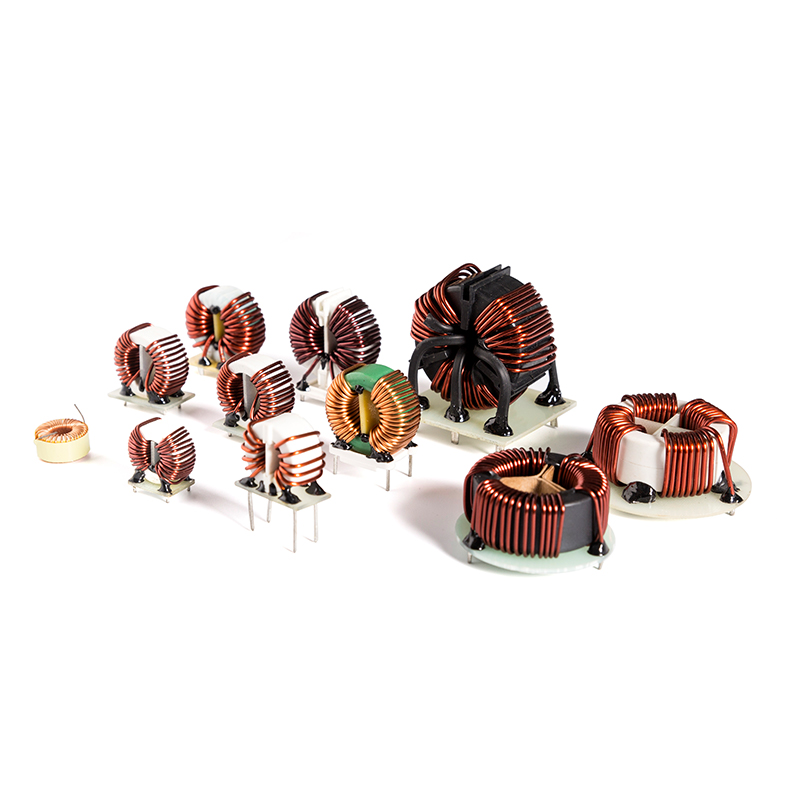 View More >>
View More >>